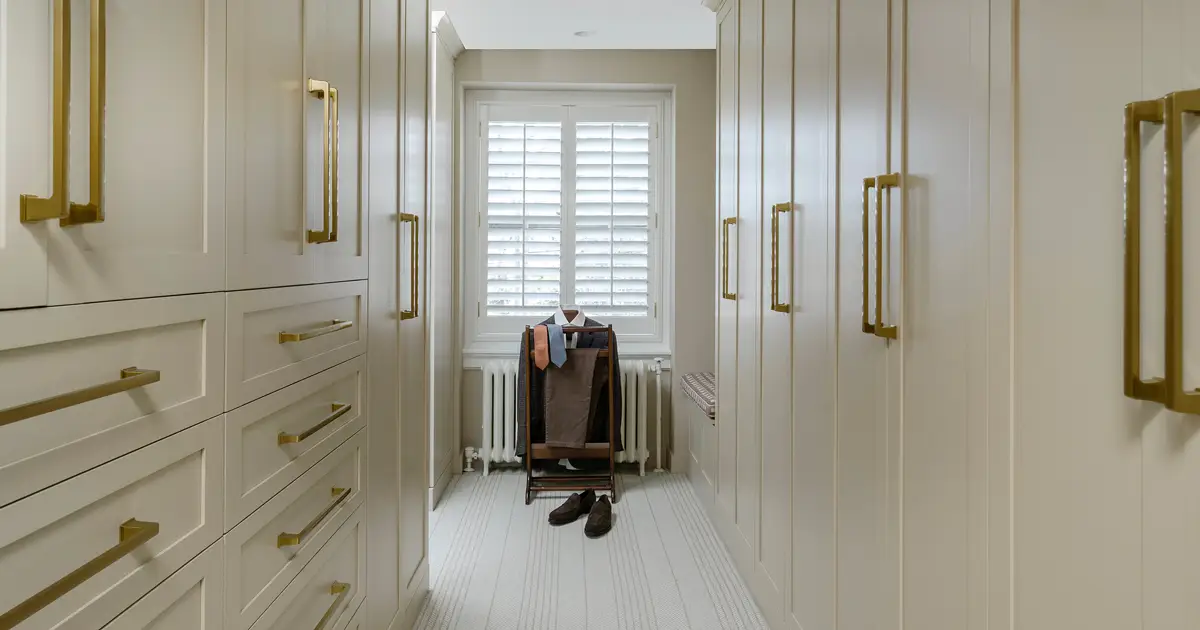Painting is a common and cost-effective method that homeowners can DIY to renew their furniture. Painting furniture requires some patience and taking the proper steps to make sure it looks great when it’s done. If you skip steps or take shortcuts, you might end up with a sloppy-looking piece or you may have to start over. Getting to know the do’s and don’ts of painting furniture can help you make sure you’ll be happy with the results.
Do Remember Ventilation Is Critical
Paints contain VOCs that can cause significant irritation to your eyes, lungs, or throat. You can also end up feeling extremely dizzy or have blurry vision if your work area isn’t properly ventilated. Even if you’re painting indoors, you still want to keep windows open and fans going to circulate air while venting the VOCs.
Don’t work in an enclosed area without ventilation. If you experience dizziness, difficulty breathing, blurry vision, or irritation, leave the area immediately to get some fresh air. You may also consider wearing a paint respirator mask to minimize breathing in paint fumes.
Don’t Just Open and Go
You always want to clean the furniture and prep it to be painted. You’ll need to remove all removable pieces like handles, knobs, cushions, drawers, and any other hardware. By removing these elements, you’ll prevent unnecessary damage or painting a drawer shut.
Once you’ve prepped the furniture, you’ll want to clean it off. Removing dirt and grime from the furniture’s surface will help ensure that the paint sticks to the surface. After cleaning, do a final rinse with a damp sponge and ensure the furniture is completely dry before applying paint.
Do Sand the Furniture
Furniture inherently has some imperfections. Even if it doesn’t have too many, you’ll still want to sand down any of those dings to ensure a smooth finish at the end. You can hand-sand or use a finishing sander to get the smooth finish you’re after. Start with coarse grain sandpaper and then switch to fine grain to finish smoothing everything out.
The only time you might be able to skip the sanding is if you’re painting over existing paint that isn’t peeling or flaking. If the paint is in good shape, you might be fine just painting over it if the surface is already smooth.
Don’t Leave Dust Behind
All dust needs to be removed once the sanding is done. If you forget or don’t get it all, there’s a good chance your paint won’t stick to the furniture. Instead, it sticks to the dust particles and can ruin your finished product, leaving you to start over.
Remove the dust with a damp cloth. Simply wipe down the furniture and make sure you don’t miss any nooks and crannies. Once you’ve finished with the damp cloth, run a dry cloth to remove anything that might have been left behind.
A Few More Quick Do’s and Don’ts For The Road
You may be eager to get started on your project, but don’t take any shortcuts. If your paint doesn’t include a primer, remember to use a primer to seal the surface and make the paint stick better. It’s also a good idea if you test the color before charging full speed ahead. You can test the paint on a piece of cardboard. Also, if you need to apply multiple coats, make sure you let them dry in between each application. Once you’re done, and the furniture is dry, consider adding a protective finish like varnish or lacquer to keep it looking great for a long time to come.
In this day and age when sustainability is a hot topic, painting furniture is really a great way to refresh the look of your old pieces of furniture, as long as you do it correctly. Wondering if your particular piece of furniture is appropriate to paint? Or maybe you need help finding the right color or type of paint to use. Our team is here for you!




